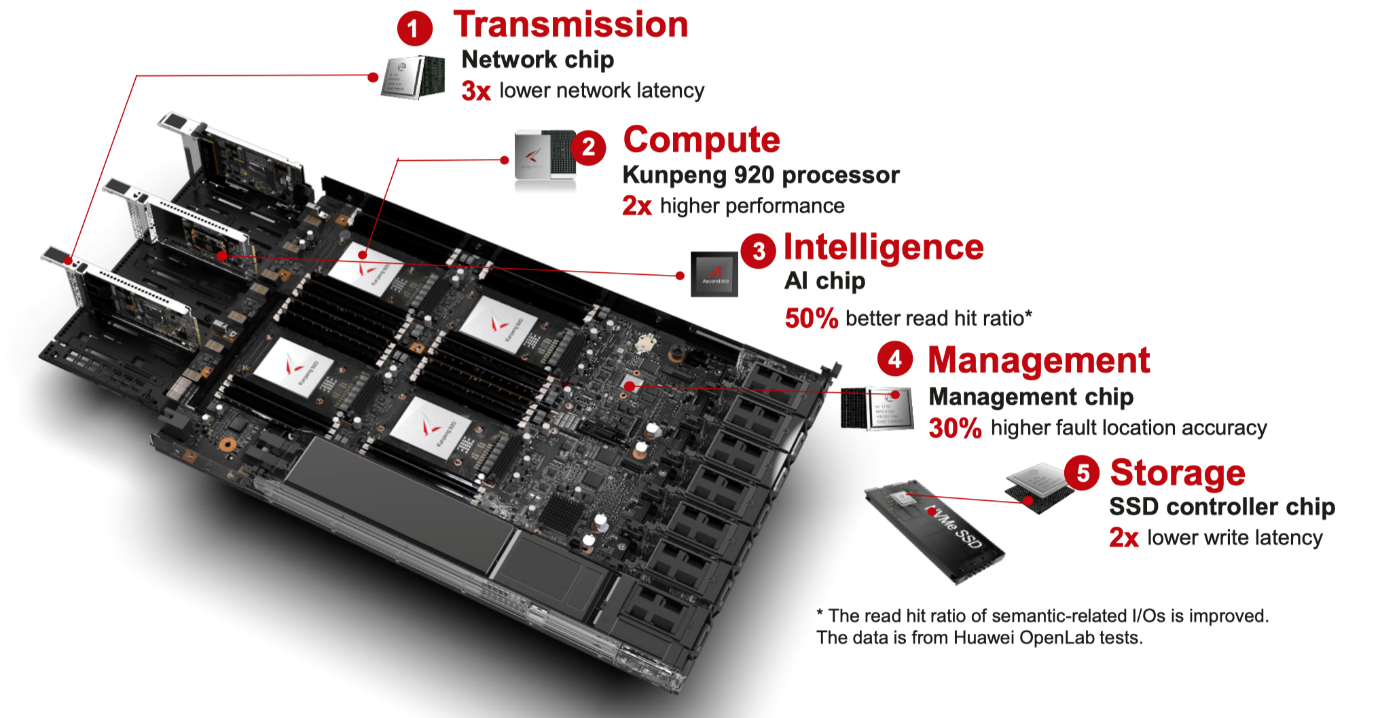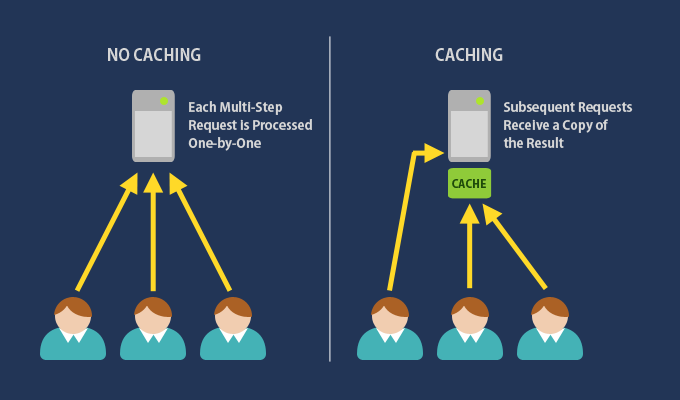
All-Flash Arrays (AFA) are storage solutions that use flash memory to store data, as opposed to traditional spinning hard disk drives (HDDs). They are designed for high-performance data storage and retrieval, making them suitable for a variety of applications, including databases, virtual environments, and data analytics. Here’s an overview of AFA, including their pros and cons.
What are All-Flash Arrays?
- Definition: AFA refers to storage systems that utilize only solid-state drives (SSDs) to provide data storage. Unlike hybrid storage solutions that combine both SSDs and HDDs, AFAs are entirely based on flash storage technology.
- Architecture: All-Flash Arrays often incorporate advanced data management and storage optimization technologies, such as deduplication, compression, and tiering, to enhance performance and efficiency.
Pros of All-Flash Arrays
- High Performance:
- Fast Data Access: AFAs provide low latency and high input/output operations per second (IOPS), making them ideal for applications that require rapid data access and processing.
- Quick Read/Write Speeds: The read/write speeds of flash storage are significantly faster than those of traditional HDDs, leading to improved application performance.
- Scalability:
- Flexible Expansion: AFAs can be easily scaled up by adding more SSDs, allowing organizations to adapt to growing data storage needs without significant downtime.
- Energy Efficiency:
- Lower Power Consumption: Flash memory consumes less power compared to traditional HDDs, resulting in reduced energy costs and a lower environmental impact.
- Reliability and Durability:
- Less Mechanical Wear: Since AFAs have no moving parts, they are less prone to mechanical failures, leading to higher reliability and longer lifespan.
- Data Integrity: Advanced error correction and wear-leveling techniques in AFAs enhance data integrity and durability.
- Reduced Footprint:
- Space-Saving Design: Flash storage is more compact than traditional disk drives, allowing for higher storage density in a smaller physical space.
- Improved Data Management:
- Advanced Features: Many AFAs come with built-in data management features such as deduplication and compression, helping to optimize storage efficiency.
Cons of All-Flash Arrays
- Higher Cost:
- Initial Investment: AFAs generally have a higher upfront cost compared to traditional HDDs due to the price of flash memory, which can be a barrier for some organizations.
- Limited Write Endurance:
- Write Cycle Limitations: Flash memory has a limited number of write and erase cycles, which can affect longevity under heavy write workloads. However, modern SSDs often incorporate wear-leveling techniques to mitigate this issue.
- Thermal Management:
- Heat Generation: High-performance flash storage can generate heat, requiring efficient cooling solutions to maintain optimal operating temperatures.
- Data Recovery Challenges:
- Complex Recovery: Recovering data from an AFA can be more complex and challenging compared to traditional HDDs, particularly in the event of a failure.
- Vendor Lock-In:
- Proprietary Technologies: Some AFA vendors may use proprietary technologies, making it difficult to integrate or migrate to other systems without incurring additional costs.
- Not Ideal for All Workloads:
- Cost vs. Performance: While AFAs excel in high-performance scenarios, they may not provide cost-effective solutions for applications that require high-capacity storage but do not demand rapid access speeds.
Conclusion
All-Flash Arrays represent a significant advancement in storage technology, offering high performance, scalability, and reliability. They are particularly well-suited for workloads that require quick data access, such as databases and virtual environments. However, organizations must carefully consider the higher costs and specific use cases to determine if AFAs are the right fit for their data storage needs. Balancing performance requirements with budget constraints is essential for making an informed decision about adopting all-flash storage solutions.







